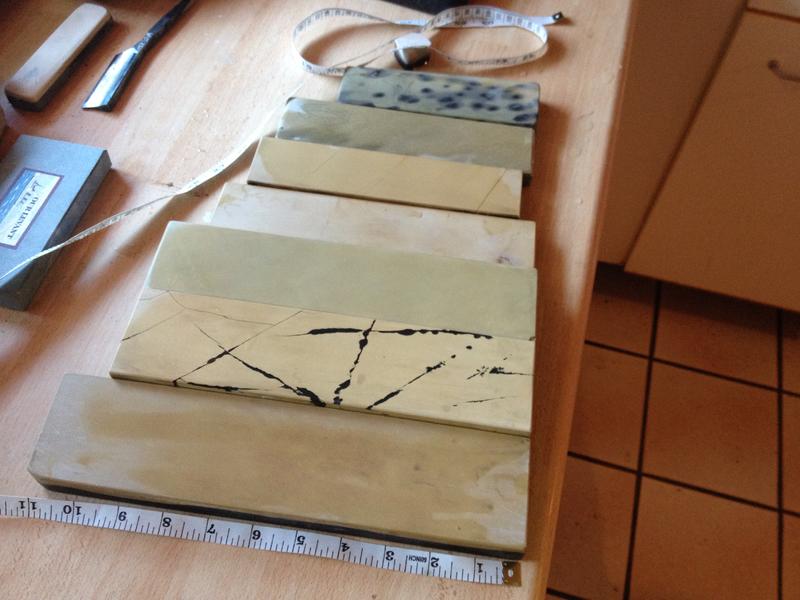It depends upon what kind of fineness, and edge characteristic you are looking for... Would you finish your knives on a J-nat finer than one of Maksim's Aiiwatani's, or on a synthetic stone in the 8-15K range [depending upon brand], or a 1-micron diamond or CBN pasted strop? None are really directly comparable in the edges they create with each other or with a Coticule, but this is the kind of range where the really good Coti's max-out. If you want that level of refinement, then Coti's are for you.
If you would instead finish your knives on a J-nat slightly coarser than an Aiiwatani, or on synthetic stone in the ~6K range, than I would check out a Belgian Blue instead of a Coticule.
Also, both behave very differently than J-nats, so it would probably be advisable to read about the different veins and how Coticules work in the article linked on Ardennes website or on the Belgian stone user forum: Coticule.be . These are not J-nats, so if you are looking for a stone that cuts fast, is easy to use, and leaves a crisp edge, a stone simply being soft isn't necessarily going to give you the characteristics you are looking for.
When you talk with Ardennes, just say that you want a stone that is a fast cutter for use on knives with hard steels, and specify whether you want a BBW or a Coti depending upon your edge preference. Since you are new to these stones, this will at least give you an effective point to start learning about the stones, and what kind of feel you like or may be looking for in the future. There are some variances in feel and performance from stone to stone, even within the same vein, as has been said by others. Like with anything else, Belgian stones are a deep rabbit hole to fall down.
Hopefully this helps...
- Steampunk





